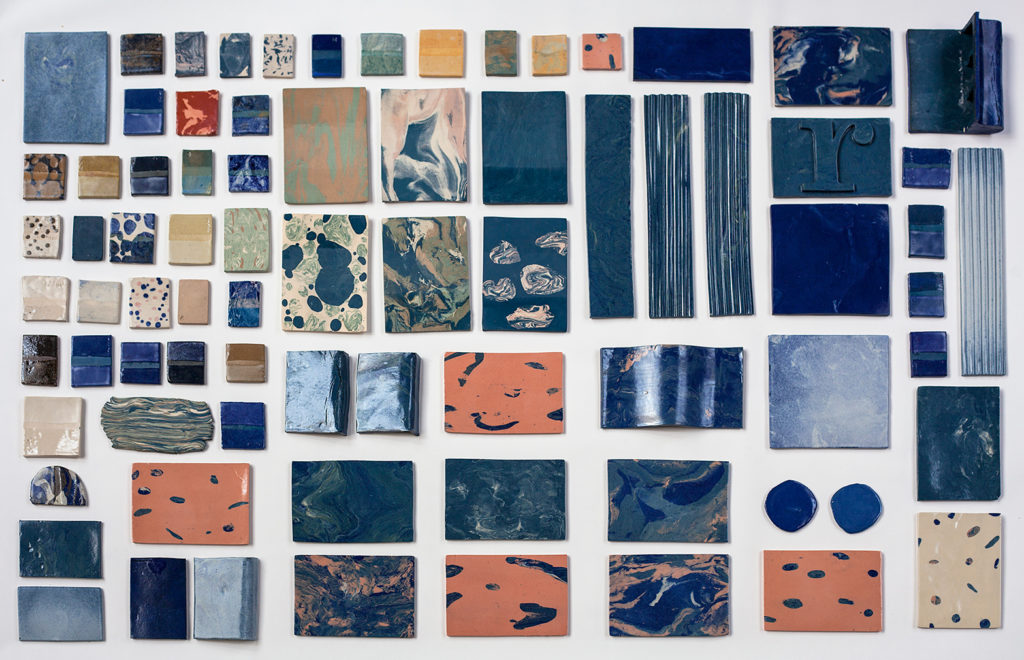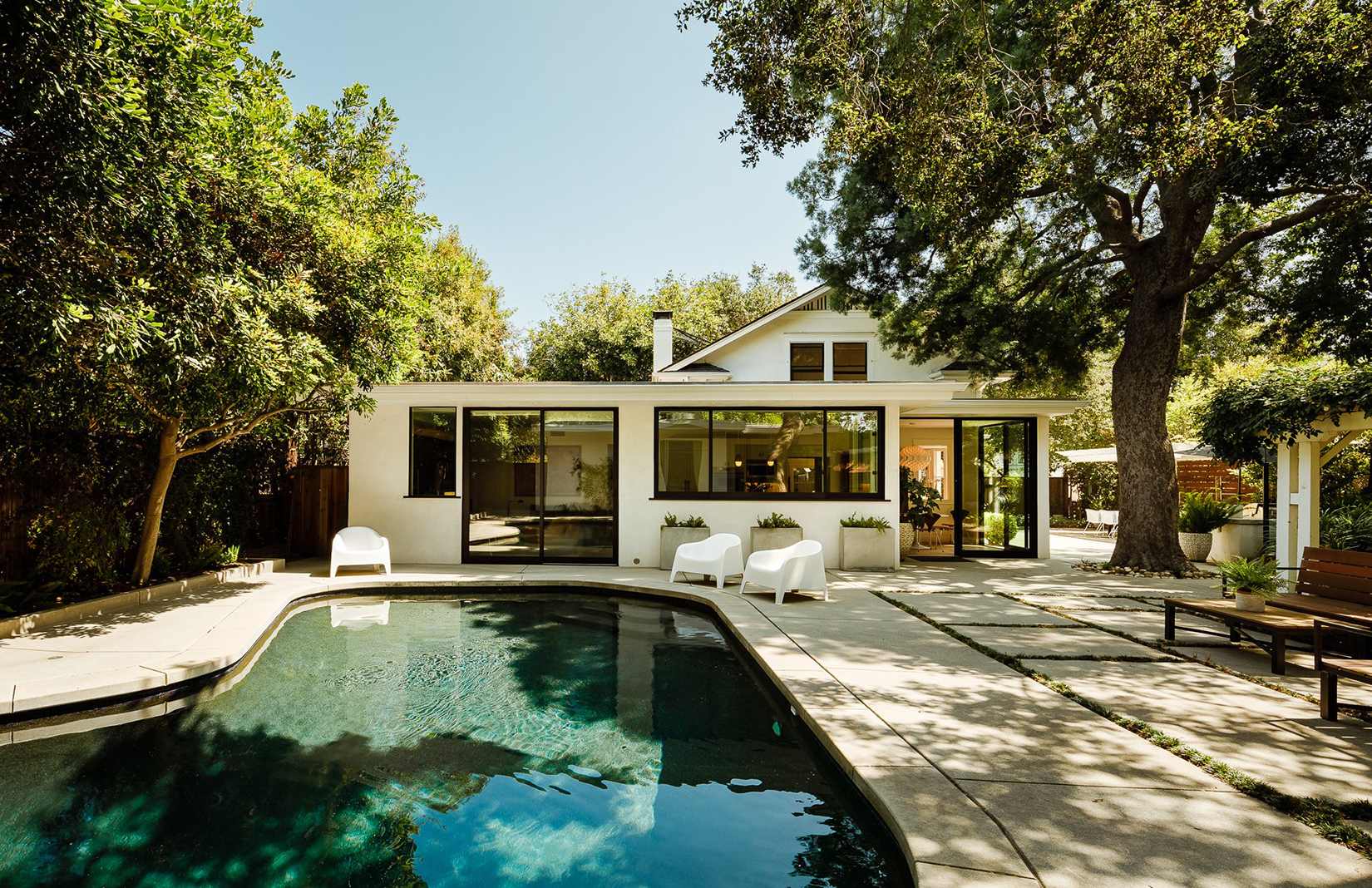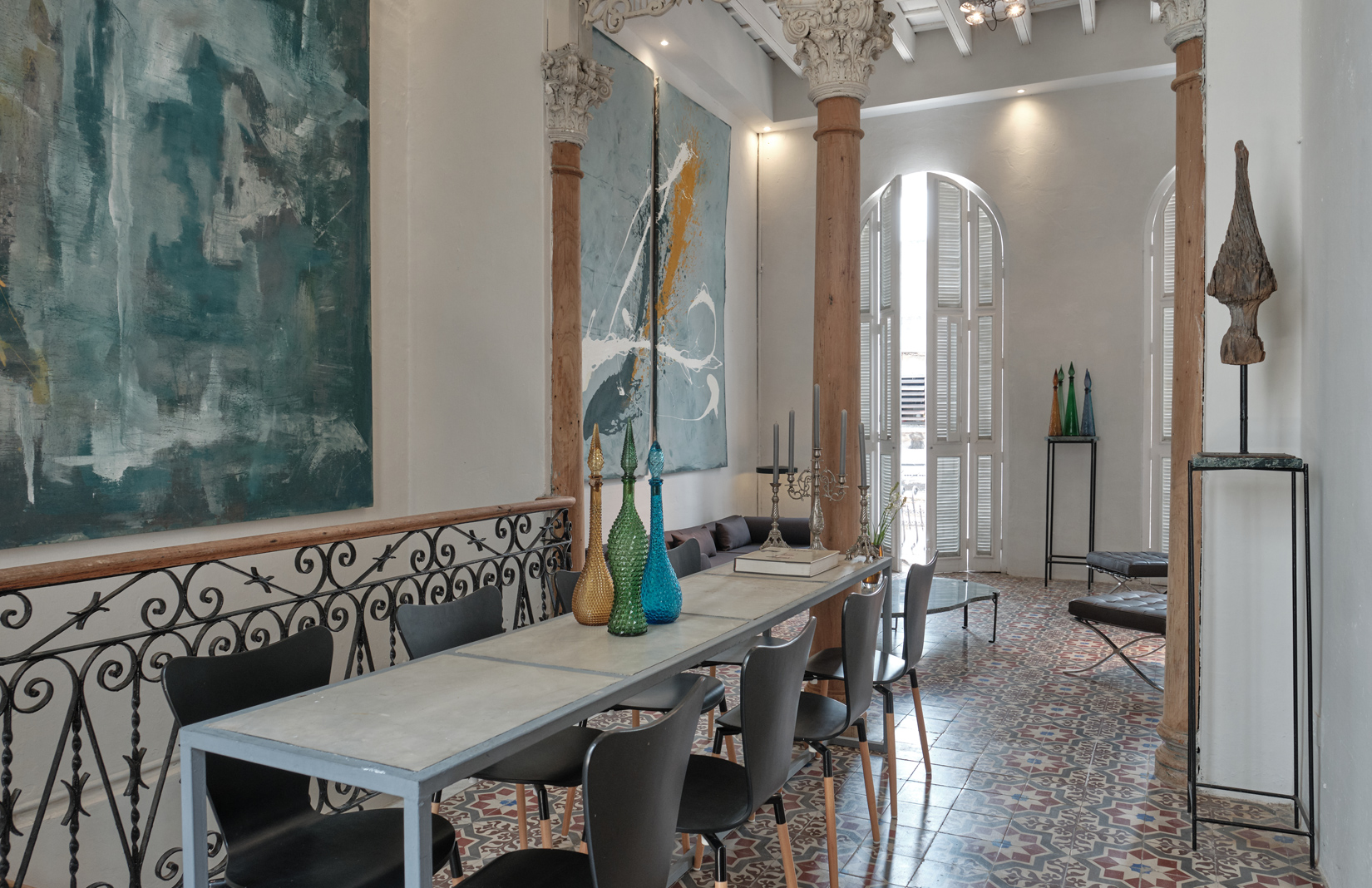
In crowded cities, space comes at a premium – so imagine the challenge for ceramicists, whose space-hungry pursuit requires unwieldy kilns, drying racks, wheels and wedging benches.
People have been making things in east London ever since the capital began to spill over its city walls. After the Huguenots imported the silk trade to Spitalfields in the 17th century, wave upon wave of new cultures has brought its own brand of creativity, making east London the vibrant and diverse place it is today. But soaring rents are now threatening its creative fabric.

Ceramicist Nicola Tassie in her Hoxton studio. Courtesy of The New Craftsman

Nicola Tassie, ‘Block’, 2017. Photography: Matthew Stylianou

Pictured: Ceramicist Matthew Raw making his artwork, ‘Panel Discussion’. Photography: Marina Castagna

Matthew Raw’s tile tests for his collaboration with Assemble. Titled ‘Clay Station’ it was commissioned by Art on the Underground. Photography: Assemble

‘Panel Discussion’ by Matthew Raw. Photography: Marina Castagna

The Kiln Rooms team, (left to right): Adam Ross, Charlotte McLeish, founder Stuart Carey and Ben Cooper. Courtesy of TKR

The Kiln Rooms takes over a railway arch next to Peckham Rye station in South London. Courtesy of TKR

Courtesy of The Kiln Rooms

Like The Kiln Rooms, Turning Earth also offers pottery classes in addition to studio space. Photography: Sabrina Dallot Seguro

Like The Kiln Rooms, Turning Earth also offers pottery classes in addition to studio space. Photography: Sabrina Dallot Seguro
Despite this challenge, potters are still flourishing in the area.
‘London puts pressure on you, but I think that’s motivating,’ says Haggerston-based ceramicist Matthew Raw, who cites the diversity of the city, its architecture and access to galleries as essential influences on his work. ‘I decided if I was serious about my work, I should be able to cover rent on a studio. It’s crucial for me to be here. I need to be able to teach to supplement my income and if I want to meet a journalist or a gallery owner, it’s easy.’

Young creatives like Raw are finding ways to make it work. His studio is part of a space he shares with fellow Royal College of Art graduates, Manifold Studio, where he makes his own work, but also runs workshops. When he needs more space, he pops next door – a brain rehabilitation charity allows him to use its space out of hours in exchange for running workshops for its patients.

For London-based potter Nicola Tassie, living and working in London is a double-edged sword. ‘Space is both a problem and an inspiration for my work,’ she says. ‘I keep building more shelves to store the pots, I stack them up, design them so they fit together, and squash them into each other. Now my sculptural ceramics are all about space, how we are filling it up and the folly of that.’
And they’re not alone – hordes of young urbanites are taking up the craft and finding ways to defy London’s creative exodus. ‘There’s a vacuum being left by closing university courses,’ says Stuart Carey, founder of The Kiln Rooms. ‘We’re filling that vacuum, but in a more flexible way.’

Turning Earth (founded by Tallie Maughan) and the Kiln Rooms both make efficient use of space, offering communal studios, shared equipment, technical support and master classes for professional potters, as well as evening and weekend classes for those just starting out.
It seems that for makers in London, all it takes is a little creativity. The sharing economy might be new to the rest of us, but artists have been doing it for years. And as long as they’re happy to keep sharing, swapping, and finding their inspiration in the city, it will take a lot more than rising rents to force them out.

Katie Treggiden’s third book, Urban Potters: Makers in the City is out now, published by Ludion
Read next: Could London’s wild west offer artists a new home?























